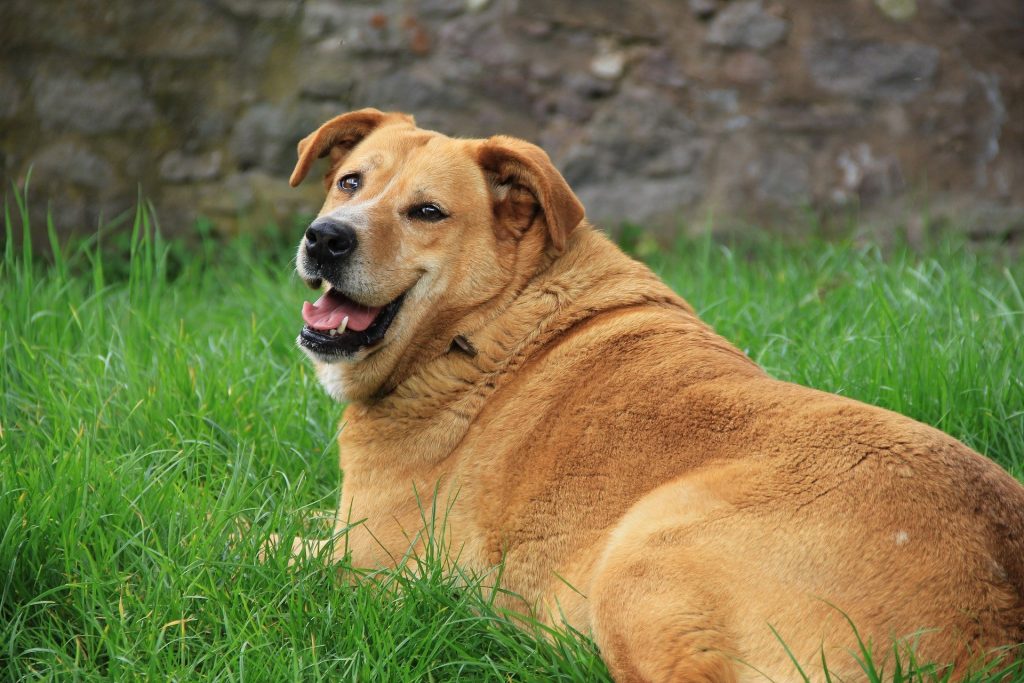The Link Between Obesity and Osteoarthritis
Over the past 10 years, there has been a significant increase in pet obesity rates according to a report conducted by Banfield Pet Hospital. In this report, Banfield determined obesity is the second most common health problem in our pets with 1 out of 3 dogs and cats (in the Banfield population) classified as overweight.
Obesity may cause or exacerbate multiple health issues, including osteoarthritis. Osteoarthritis is a painful inflammatory condition of the joints that is progressive, meaning without intervention it continues to get worse over time. One of its most significant contributing factors in dogs and cats is being overweight. In fact, dogs that are overweight or obese are 2.3 times more likely to be diagnosed with osteoarthritis. That means an overweight dog is more than twice as likely to suffer from this painful disease than a dog of ideal weight. With obesity in pets on the rise, it makes sense that osteoarthritis is also on the rise.

The link between obesity and osteoarthritis is an unfortunate vicious cycle: Weight gain causes more wear and tear on your pet’s joints, leading them to be less active and potentially gain more weight. Likewise, sore joints can lead a pet to be less active which can then lead to weight gain. If weight is not lost, the cycle will continue.
Furthermore, reduced activity often leads to more stiffness and pain. As we discussed in this blog, regular exercise tailored to your dog’s breed and physical abilities may reduce the severity or even delay the onset of osteoarthritis. Regular physical activity helps to build and maintain muscle mass as well as aid in joint fluid circulation, both of which support healthier joints.
If you are unsure if your pet is overweight or suffering from osteoarthritis, consult this blog and speak with your veterinarian. Oftentimes pet parents are unaware that their furry family member is overweight or uncomfortable. Veterinarians are trained to assess your pet’s Body Condition Score or “BCS” (see BCS charts for Dogs and Cats to learn more) and detect pain during their physical exam. In addition to increasing controlled exercise, calorie control is also essential. Your veterinarian can help create a diet plan specific to your pet’s needs. Maintaining an ideal body weight is crucial in minimizing discomfort related to osteoarthritis.
If your dog or cat needs more help with his/her osteoarthritis beyond weight loss and customary medications, consult with a veterinarian regarding treatment with VetStem Cell Therapy. Stem cells have demonstrated the ability to reduce pain and inflammation and to aid in the repair of damaged joints. Need a list of VetStem providers in your area? Contact us here.
